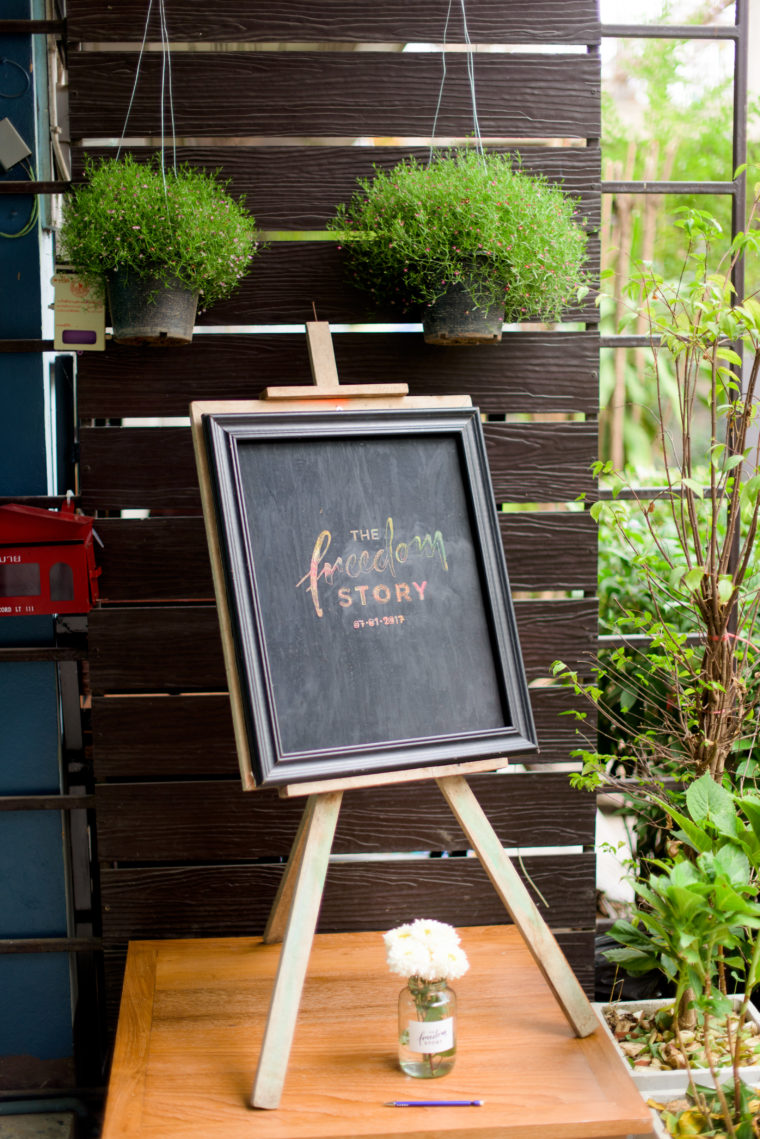
I began 2017 on planes — 3 to be exact — headed to Thailand. I went with some a few friends and others {now new friends} that I respect who are passionately advocating for social justice work in their churches and in their communities around the world.
We went to uncover the roots and hidden connections of our complicity in the issue of human trafficking. We went to try to understand trafficking with all of its nuances from prevention to rescue to rehabilitation. We started in Bangkok in the red light districts and we worked our way backwards to the villages of northern Thailand.
I took at least 20 pages of notes. I listened and I learned. And I felt burdened to do more listening and more learning.
Two things I know for sure —
The issues are complex.
And there are no simple solutions.
A few statistics that we heard:
{Note: that one thing we heard over and over again was how unreliable trafficking and sex tourism statistics are.}
In Bangkok, 10,000 girls are available for purchase every evening.
2 out of 65 people are estimated to work in the sex industry in Thailand.
7 out of 10 men that visit Thailand engage in sex tourism. This only accounts for 20% of the industry — the other 80% of customers are Thai men.
Around the world, 12.3 million people are engaged in forced labor of some kind.
In Asia, 1 million children live in conditions indistinguishable from slavery.
27% of all victims globally are children. Every every 3 child victims, 2 are girls and 1 is a boy.
425,000 people in Thailand live in modern slavery.
In northern Thailand, 9.9% of kids never attend school. 43% drop out before completing primary school.
I know. I felt it too. The statistics are OVERWHELMING.
But the numbers don’t tell it all.
They don’t tell you that Thailand is a vibrant country full of strong and passionate women and men who want more for themselves and their children. They don’t tell you about the hope and determination we couldn’t neglect to see in the eyes of those investing their time and resources into helping build a better, a freer future.
We met the communities impacted by the work of the freedom story. We visited their resource centers where they are teaching English and Chinese, tutoring, counseling, providing computers, and hosting community activies. We saw the sustainability projects they’ve started {and bought some scarves and clutches}. We heard about how 93% of their students graduate and they’ve taught 1,250 students about sexual and identity rights. {More soon on how you can help support this important work.}
We saw non-profits and law enforcement partnering together to bring about change.
And of course…
We had rich conversations about ethical storytelling, life and calling, and the myriad tensions of social justice work. We ate THE BEST food. We laughed. And we rode elephants.
Below are some of my favorite pics of the trip by the amazing Benjamin Edwards.
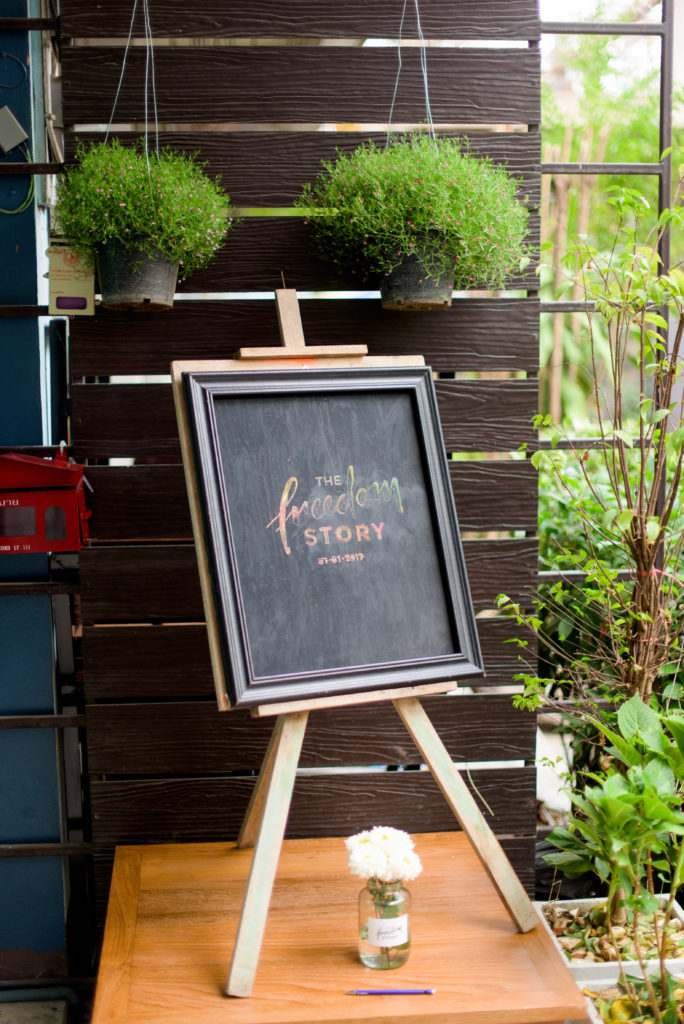
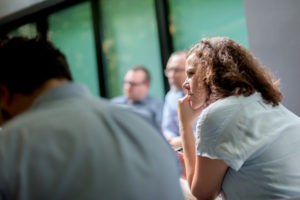

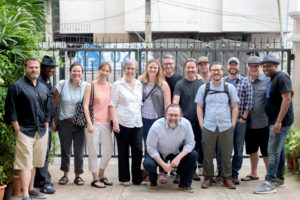
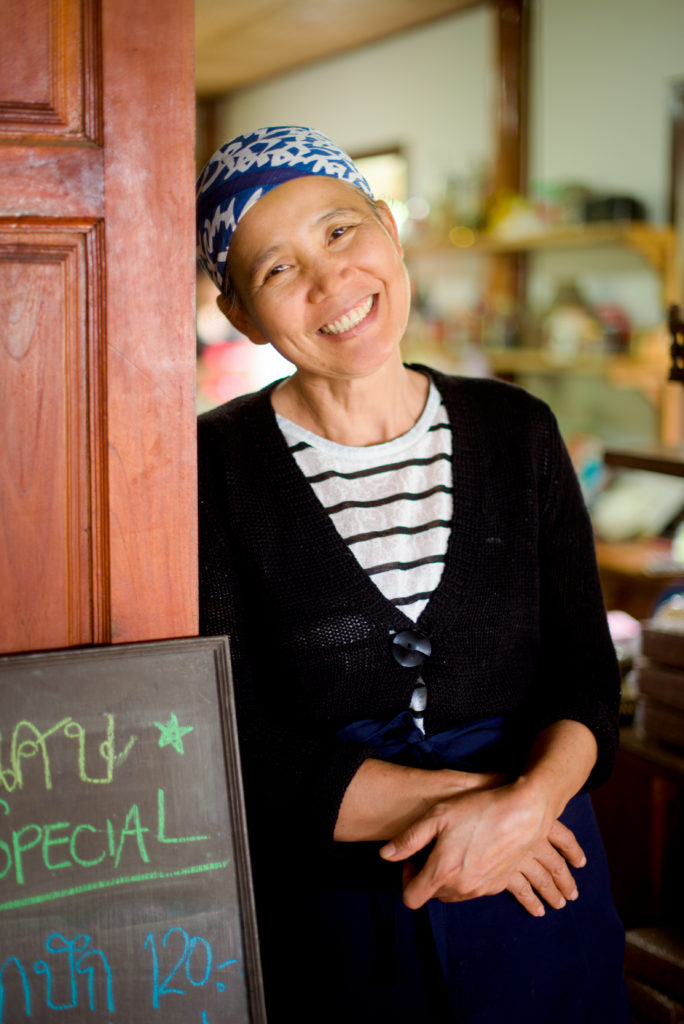
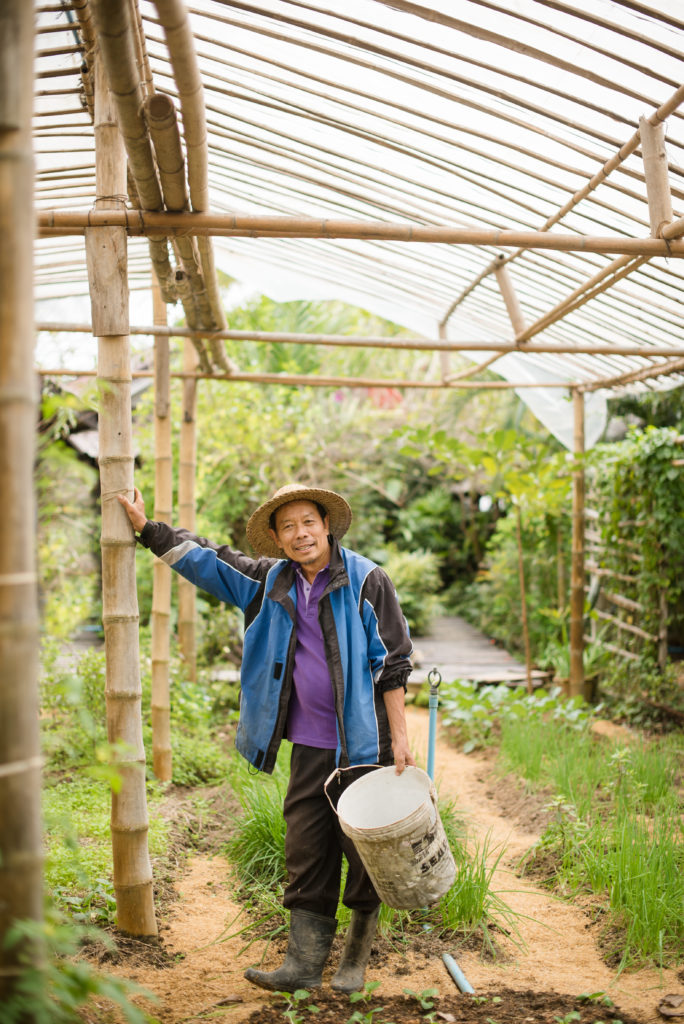
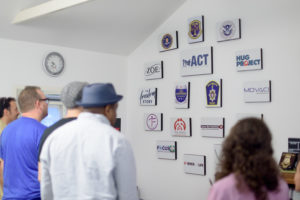
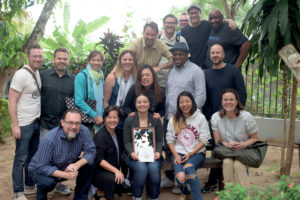
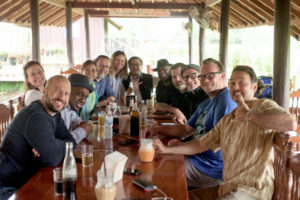
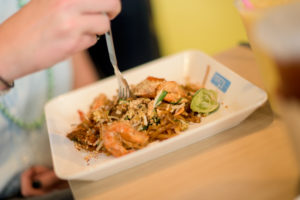
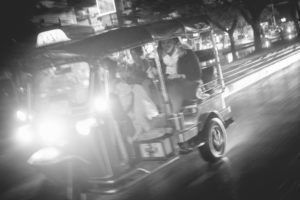
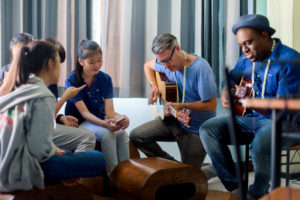
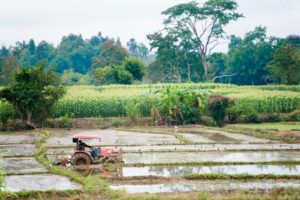
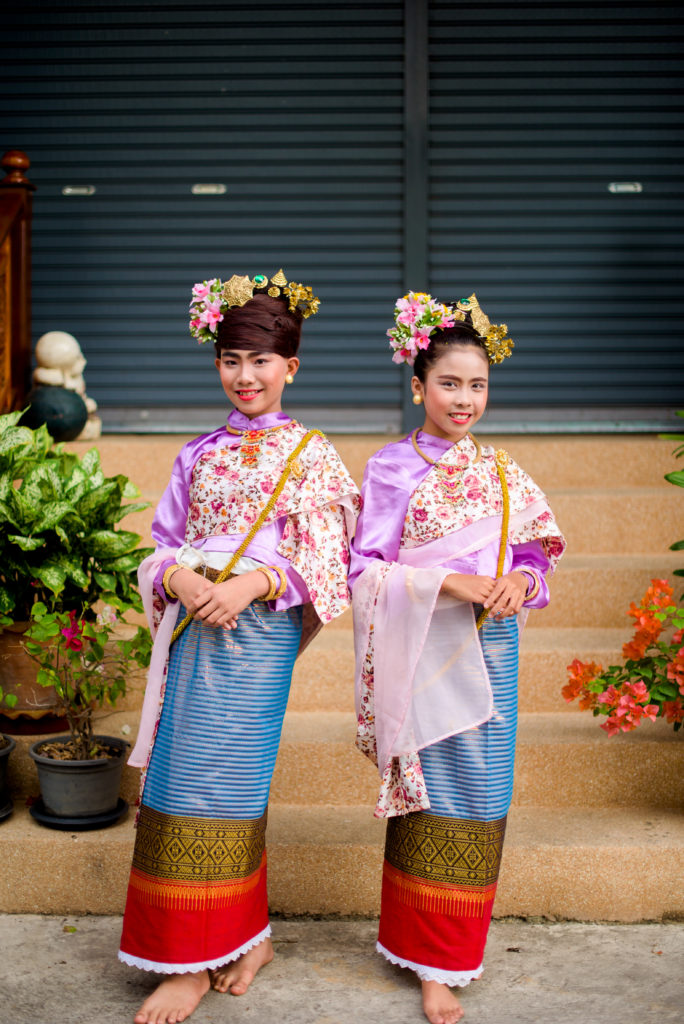
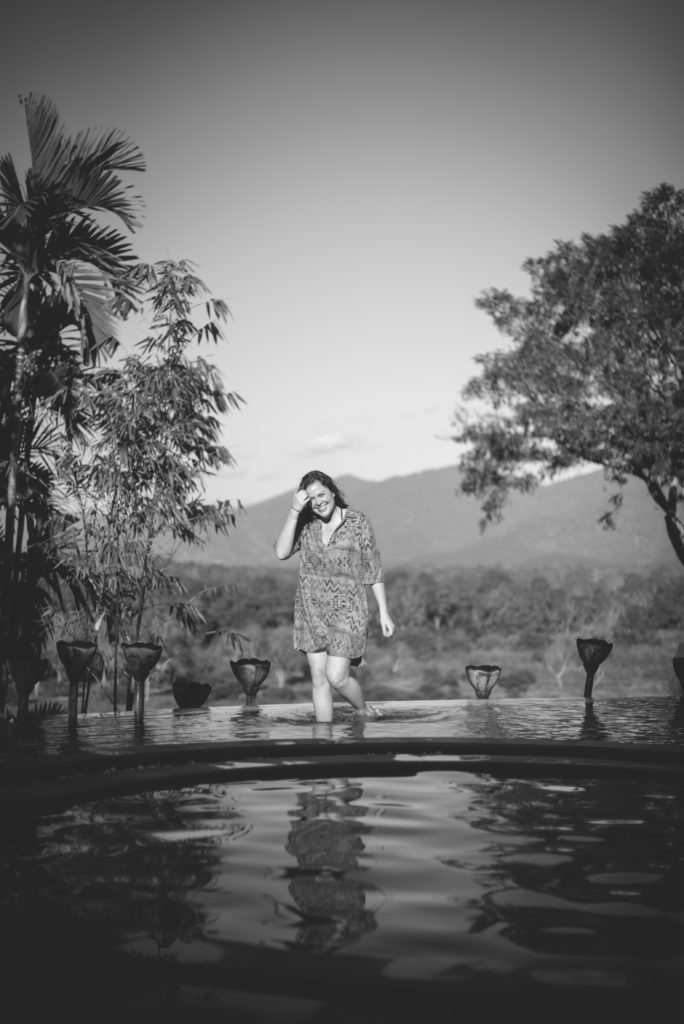
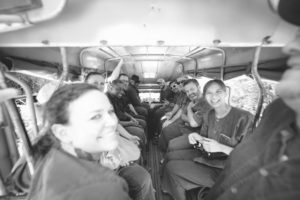
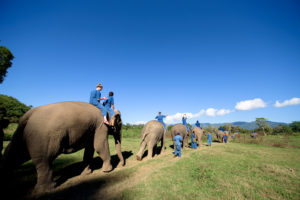
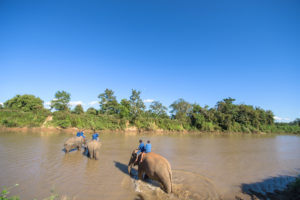









Please note: I reserve the right to delete comments that are offensive or off-topic.